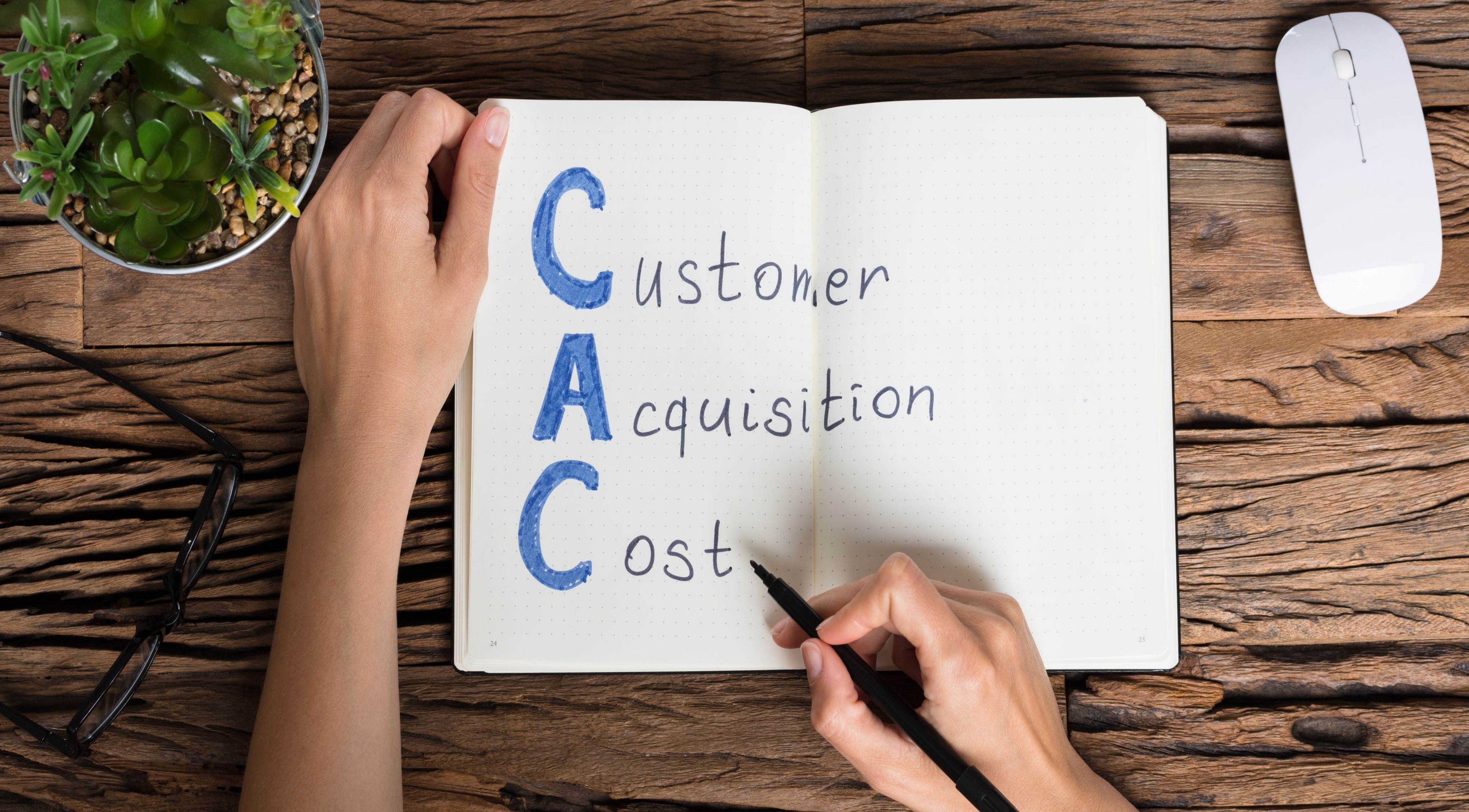 If you’ve read about the importance of customer service, you’ve probably heard that making customers feel valued and heard is good for much more than just your brand—it’s critical to your bottom line. We've talked before about the cost of a bad location. How about the cost of losing a customer?
If you’ve read about the importance of customer service, you’ve probably heard that making customers feel valued and heard is good for much more than just your brand—it’s critical to your bottom line. We've talked before about the cost of a bad location. How about the cost of losing a customer?
Experts agree that the customer experience is at the core of your customers’ buying decisions and that the cost of losing a customer can be more than you think.
Here are a few particularly eye-opening statistics:
- 70% of buying experiences are based on how the customer feels they are being treated. (McKinsey)
- Customers want personalized shopping experiences (McKinsey)
- 79% of consumers trust online reviews as much as personal recommendations (McKinsey)
- Poor customer service is the main reason for customer churn. (Accenture)
- It costs six to seven times more to acquire a new customer than it costs to retain an existing one. (Bain & Company)
- Retaining customers by as little as 5% can boost profits by as much as 95% (a theory from Bain & Company)
While it makes sense in theory that it is costlier to find new customers than it is to keep the profitable customers you have (and that the cost of customer dissatisfaction is high), let’s break it down even further. What are the costs associated with finding new customers? Those include:
- Cost of advertising
- Cost of a lower price needed to acquire those customers
- Personal selling to those customers
- Setting up new accounts
- Time and money in explaining business to new customers
- Cost associated with the inefficiencies of dealing with new customers
By contrast, satisfied customers are less price-sensitive and bring you referrals and repeat business.
The Benefit of Customer Service
It’s true. It’s far easier—and much more cost effective—to build a customer base and maintain it than it is to constantly convince new people to buy from you. Here are several other lessons we’ve learned about the importance of holding onto your customers—and the financial rationale on why you should make this a strategic priority:
Customers are willing to pay more for great service.
Think about it—as a consumer, wouldn’t you rather buy from a company that makes the entire process hassle free, one that guarantees their product and is easy to deal with when problems arise, even if it costs a little more? Our research and experience show us that most customers will happily pay more for a better overall experience. In fact, Business.com says that returning customers spend 67% more than new customers! If you lose a customer, however, you’ve not only lost a healthy stream of income; you’ve lost credibility, which can hurt you financially down the road.
Happy customers talk. But so do unhappy customers.
Our clients have always reported this, and we work together to find ways to encourage the happy ones to spread the word about their good experiences. But don’t take our word for it. The White House Office of Consumer Affairs says that a dissatisfied customer will tell between nine and 15 people about their experience, while about 13 percent of dissatisfied customers tell more than 20 people. That’s a frightening multiplier. On the other hand, happy customers who get their problems resolved tell between four and six people.
Social media has changed the game.
In today’s digital world, word of mouth has taken on a whole new meaning. With many people relying on online review websites such as Yelp and social media sites like TikTok for quicky recommendations on everything from restaurants to service businesses, the impact that one bad customer experience has is practically immeasurable. Your service, good or bad, will be public. Customers hold you accountable, and it’s easier than ever for them to share their experiences with friends, family and the general public.
Many customers who have a bad experience just disappear.
Often, unhappy customers simply never come back—leaving you uncertain what went wrong and what you could have done to salvage the relationship. This underscores the importance of knowing your customers and understanding their wants and needs. Not knowing your customers could result in them feeling frustrated and unsatisfied, and you losing their business.
Bottom line: your customers are everything. Keeping them happy should be a high priority, but you can’t do that successfully without first understanding their wants and needs.
Research is the best way to get to know your customers and collect detailed data about what they need and what will help you retain them. Armed with that knowledge, you can adjust your service and products as appropriate.
SiteSeer can help you choose and/or build new locations that are right--and get to know your customers in the process, including their needs, desires, buying patterns, behaviors, and much more. Our customer analysis solutions can will help you identify and segment your best customers, view customer locations, attitudes and behaviors to improve your marketing and site selection models, forecast sales and much more.


